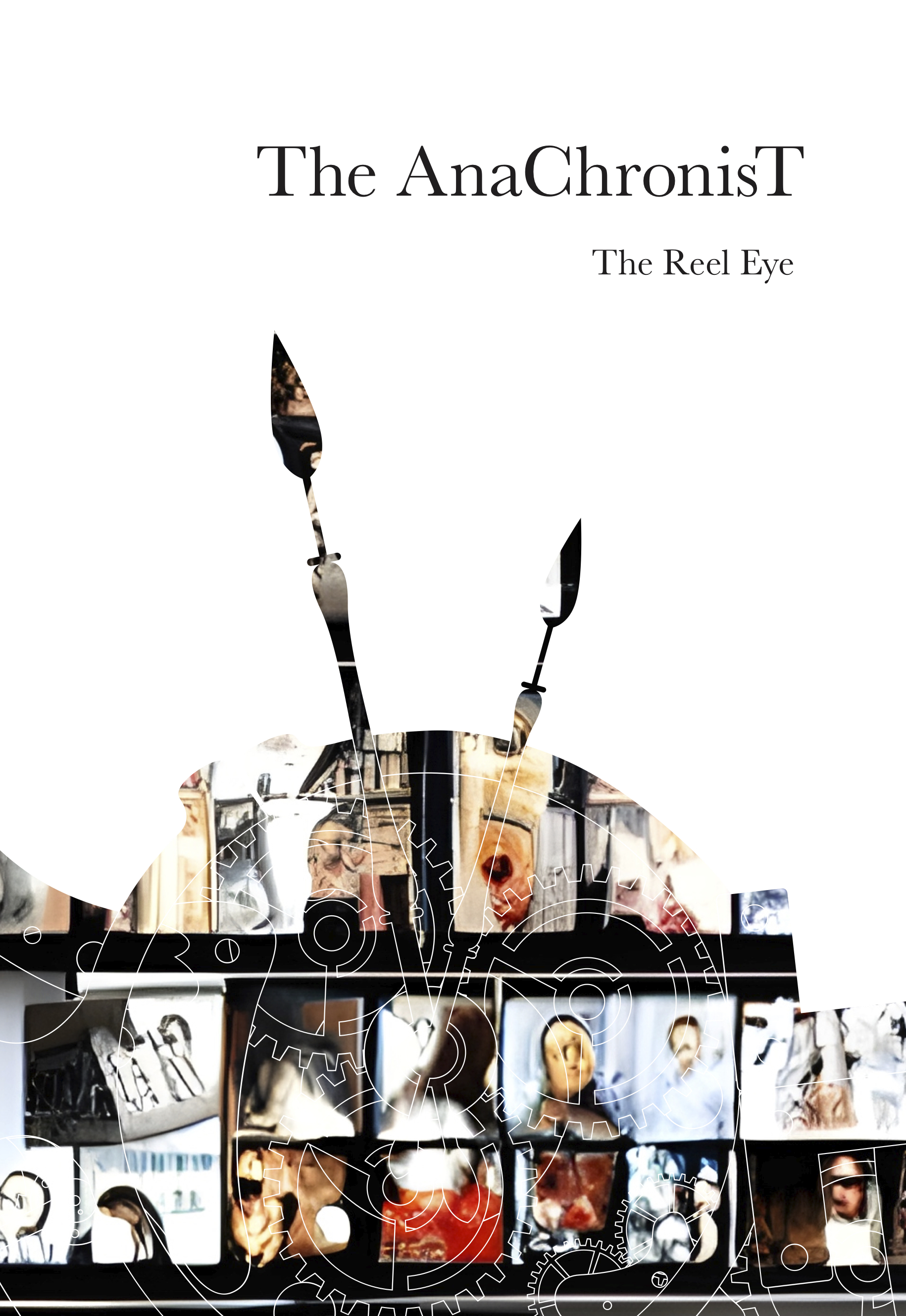Chronotopes of Hell in Two Film Adaptations of Macbeth
DOI:
https://doi.org/10.53720/PTMK2462Abstract
Representations of Hell and the journey to and from it in literature and film tend to follow the katabatic scheme, i.e. they present narratives of a descent and return made by a living human being. In the present paper, I discuss another technique: the presentation of Hell on a horizontal plane. I focus on images and structures of evil space in two film adaptations of Macbeth (Welles 1948 and Goold 2010) that both rely on juxtapositions of images of Heaven and Hell, light and dark, confined vs. open spaces, and vertical vs. horizontal crossings.
My contention is that, similarly to the existential Hell in Marlowe’s Doctor Faustus, Hell in Macbeth (both in the play-text and in the selected film adaptations) is a state of mind: it is within us. Crossing the threshold on a horizontal plane is different from taking a deliberate downward turn, such as taking an elevator to the basement or wilfully sinking to the level of beasts. A horizontal trespass can materialise almost imperceptibly, “stealthily,” so gradually that one almost does not notice that one has transgressed, as numerous examples from the films will testify. Using horizontal images of Hell in these adaptations is, therefore, a more refined, albeit perhaps less spectacular, means to underline the basic theme of the drama: the gradual process of self-damnation.

